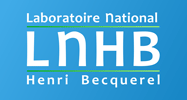SOLEX / SOLEIL
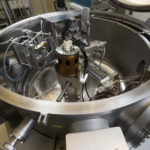
“X-ray metrology is focused on the characterization of detectors and the atomic properties of elements.”
Characterization of X detectors
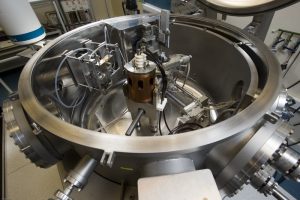
The X detectors used are diodes to measure the total intensity of synchrotron radiation or spectrometers capable of distinguishing between different photon energies. Spectrometers can be characterized in quantum efficiency but also in impulse response (response function) thanks to the SOLEX laboratory source (Source Of Low-Energy X-rays), a tunable monochromatic X source in the 0.6 – 28 keV energy range. Its performance ensures energy selection with excellent resolution and high spectral quality.
Atomic properties of elements
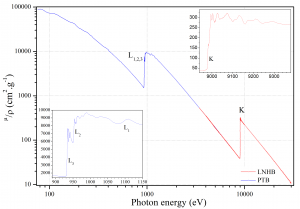
Applications to X analysis techniques
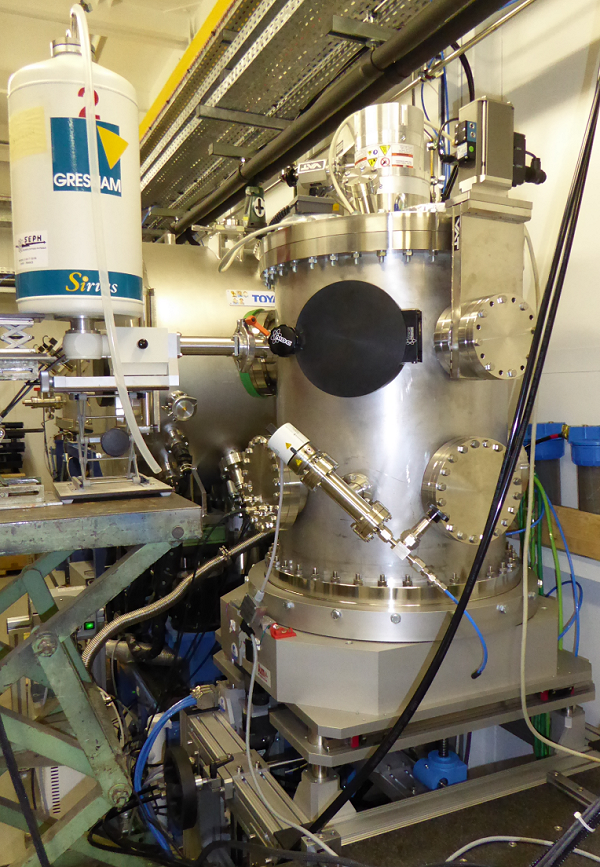
X-ray analysis techniques are multiple and some of them are used in the laboratory, such as X-ray reflectivity (XRR), or grazing incidence fluorescence (GIXRF). When there are no reference materials to connect to, X-analysis techniques use calibrated detectors and atomic data from the literature to trace back to characterization of samples. These techniques are implemented on synchrotron, particularly at the SOLEIL synchrotron. (X-Ray Spectrom. 2017, 46, 303-308)
Our job: metrology
dosimetry
Implemented methods for the establishment of national references must be adapted to the radiation type and its intensity. They are based on measurement technics such as calorimetry, ionometry and chemical dosimetry.
Radioactivity
The variety of the emitted radiation and physical forms of the sources oblige to adapt the measurement process in order to establish national references: methods with defined geometries, or 4 π countings geometries, coincidence countings, etc.
